When we talk about conversion optimization, much of the strategies remain the same across industries. After all, the goal is to systematically improve the success of a business, whatever that means metric-wise.
That said, there are some key differences in how experts approach SaaS conversion optimization.
This won’t be a complete guide (hardly anything that bills itself as “complete” actually is), but I’ll point out links in each section for further reading. That way, this guide can act as a home base, a baseline knowledge center to learn about optimizing your SaaS company.
Table of contents
How is Optimization Different for SaaS?
The differences, much like the differences of B2B optimization in general, mostly come down to differing business cycles, purchasing decisions, and success metrics.
Actually, this is true of any subscription business or business with a more complex purchase cycle.
In SaaS, you have to worry about:
- Generating new leads
- Making sure the leads are appropriate for your offer
- Making sure your offer is well communicated, and maybe targeted to different audiences
- Measuring and optimizing in-product activity
- Reducing churn rate
- Creating promoters and referrals
It’s a lot to think about.
SaaS businesses also span a very wide swath of models and products. Some are cheap and out of the box, like HubSpot’s Sidekick. Some are complex and require sales development and account executives to close, like Oracle’s marketing cloud. The goals of these companies could be quite different depending on the desired quantity, quality, and cost of customers.
So you can more safely worry about fewer metrics on an eCommerce site, like increasing AOV or conversion rate (not that it’s easy to increase these). But you have to architect a strategy unique to your own SaaS, and think further down the customer relationship (>90 days after sign up), as well as before they land on the site (are you attracting the right people? Could be wasting sales and customer success time if not).
Stephen Pavlovich, CEO of Conversion.com, gave a great talk on SaaS conversion optimization at CXL Live 2016. He explained his way of approaching new clients and offered this pyramid as a visualization:
Goals → KPIs → Data → Insight → Strategy → Testing
Aligning your goals first sets you up for the rest of the approach, and in SaaS that’s especially important.
Team Structure
For whatever reasons, the structure in which optimization takes place tends to be different in SaaS.
Merritt Aho, Marketing Director of Testing and Optimization for Dun & Bradstreet, taught a course on building optimization programs for CXL Institute. In it, he says there are two main types of optimization team setups: centralized and decentralized.
SaaS tends to be decentralized.

Merritt Aho:
“You tend to see this distributed model being used a lot in maybe SaaS companies, companies that have very large development teams.
Within the distributed model, you often times have a central person or team that is supporting the technology of conversion rate optimization. So it may be someone managing the testing tool or managing some of the other technologies, analytics technologies and so forth. They often provide training.
They often times have very little contact with the rest of the people engaged in CRO. And that differs quite a bit from the centralized model where, again, you have everyone within a team, very tightly controlled, very well-defined processes and methodologies.”
Then there are different metrics to measure and optimize…
SaaS Metrics
The metrics in SaaS sound a little different as well. Here’s a graph Stephen gave in his CXL Live talk:
If we do a split test today, what should our goal be? Some of the conversions you can optimize for with SaaS could be…
- visit → trial (quick to test, but doesn’t always correlate to sales)
- visit → sale (better indicator of revenue, but this increases the duration of the test)
- visit → qualified trial (use lead scoring to predict better lead quality – gmail address vs. business address, looked at whitepaper, etc.)
- visit → active user (according to Stephen’s presentation, this is the best value one usually)
There are also a bunch of different KPIs you can optimize for in terms of revenue…
Monthly Recurring Revenue (MRR) – a measure of the predictable and recurring revenue of your subscription business. This doesn’t include one-time and variable fees.
MRR is probably the most critical metric for any subscription business. It’s what makes the subscription model awesome. However it comes with its own set of challenges, like retention and churn.
To accurately calculate MRR, you need to consider these three different aspects:
- New MRR: Fresh revenue brought by newly acquired customers.
- Expansion MRR: Expanded revenue from existing customers, usually from upsells and cross-sells.
- Churn MRR: Churn MRR refers to lost revenue from customers cancelling or downgrading.
So, Net MRR = New MRR + Expansion MRR – Churned MRR
Some businesses prefer to track Annual Recurring Revenue (ARR), mostly those that work with larger and more complex deals.
Customer Lifetime Value (LTV or CLV) – this measures the profit your business makes from any given customer. Knowing your CLV will help answer pivotal questions like:
- How much can I afford to spend acquiring each new customer?
- How much can I spend on retaining customers and reducing churn?
- What upsells and cross-sells can be given to the best customers?
You need the following three variables to get your customer lifetime value:
- ARPA (Average Revenue per Account)
- Gross margin
- Churn
Take the revenue you earn from a customer, subtract the money spent on acquiring and serving them, and see how long they generate profit before churning.
LTV = ARPA * % Gross Margin / % MRR Churn Rate
Customer Acquisition Cost (CAC) – refers to the resources that a business uses in order to acquire an additional customer. It encompasses all efforts necessary to get your products and services into the hands of potential customers, and then convincing them to buy.
Knowing your CAC will help you with:
- Determining your actual profit margins
- Optimizing customer lifetime value
- Identifying and optimizing the biggest acquisition expenses
- Calculating your CAC
To calculate your CAC, take your total sales and marketing expenses over a given period of time; then divide by the number of new customers acquired in the same period.
Customer Churn – the number of customers you lose in a certain time period. Basically, how many customers fail to renew their subscription to your service.
Revenue Churn – lost revenue numbers caused by customers that have churned.
Then there’s the case of what a “micro-conversion” means in SaaS. According to Stephen, optimizing just for free trial sign ups would be akin to optimzing just for add-to-cart in eCommerce – a micro-conversion that may or may not correlate with actualy revenue. Instead, he says, you should not look at SaaS optimization as this relay – where you first get the sign up and then optimize for the trial-to-paid, etc. – but rather look at it holistically and optimize for the best value throughout the funnel
Cohort analysis
In SaaS, because of the consistency of changes and the longer term relationship with your customers (and therefore more longitudinal data), cohort analysis becomes much more valuable. We wrote a post about that here, but here’s a brief summary:
At its simplest, cohorts are groups that share a common experience across a time span. They are people that signed up in February, or free trial users that began in March, etc. Used in collaboration with a robust testing program, the insights and results gained can be phenomenal.
However, there are unlimited ways that you can layer on segments for advanced and particular insight. You can get lost in a labyrinth of possibilities, so when you’re choosing which cohorts to analyze, use KISSmetrics’ questions:
- Will the data I get from these cohorts produce insights that can change my marketing strategy?
- Will I be able to clearly know what’s working and what’s not when it comes to marketing?
- What targets do I need to hit this year? Will this cohort help me improve that metric?
More reading on cohort analysis here:
SaaS Optimization: What to Focus On
One of the first things and the most important things to focus on in SaaS is how you sign up users. Is it a free trial like OmniConvert?
Is it freemium like Evernote?
Or do you offer no free accounts? And in that case, do you let people sign up on site or do you have a higher touch sales call/demo?
These aren’t easy questions, and there aren’t any silver bullet answers. Much has been written about optimizing free trials (including a case study on our blog), as well as whether you should do free trials or not. Without going too far into the fray here, I’ll just share some links to good reading on the topic:
- SaaS: Freemium or Free Trial? (Complete Guide)
- SaaS: Free Trial, Demo, or Neither?
- Best Free Trial Practices for B2B SaaS
- 7 Reasons to Optimize your SaaS Free Trial
Once you decide how you want to approach the sale, you can begin optimizing for it (increasing demos, leads, free trials, trial-to-paid, etc.).
Lead Nurturing
In a way, B2C marketers have to worry about “lead nurturing,” too, it just tends to be after the purchase. In SaaS, it’s a fundamental part of the sale. How you follow up with a lead is incredibly important in converting them as well as increasing LTV.
It’s easy to focus on optimizing your website when you want to increase revenue, but it’s dangerous to ignore the other elements of the conversion funnel.
Paying attention to lead nurturing and the psychology that makes it so effective enables you to optimize from A to Z. In other words, you’re able to lead your leads on the right path to conversion, which will boost your signups, reduce churn, and increase the lifetime value of your users.
To maximize the effectiveness of your drip nurturing campaigns:
- Include calls to action and questions that lead to engagement on a consistent basis.
- Provide value by teaching or by giving away tools and resources.
- Tell stories to which your audience can relate.
- Remember that nurturing is about trust and relationships more than selling.
Onboarding and UX
Although this is probably a function of product and UX teams, it bears mention. Just because someone signed up for your trial doesn’t mean you’ve won. You still have to make them love (or at least use) your product. And that’s where product onboarding comes in, and really UX in general.
This is both a qualitative and quantitative endeavor. You’re trying to find both Red Flag indicators that users will churn, and also Aha moments that correlate with user retention. You tease those moments out using customer feedback as well as quant data like behavioral cohorts.
Onboarding is a huge topic. Outside of your regular user experience research stuff, there’s a lot of great content out there specifically on onboarding and SaaS UX:
- AppCue’s blog
- Quick Guide to User Onboarding for SaaS Products
- How One SaaS Startup Reduced Churn By 71% Using “Red Flag Metrics”
- How to Find Correlative Metrics For Conversion Optimization
Retention is King
As Brian Balfour has said, “Growth is good, but retention is forever.”
While of course you’d like to increase the frequency of return purchases in eCommerce, reducing customer churn is absolutely critical to a SaaS business. You can’t have a successful SaaS company without retention; you’d just leak out all of your customers.
That means that rather than simply optimizing a home page for free trials, you’re tasked with optimizing for the right customer profile, the right type of sign up (High touch consultation? Free trial? How long should the free trial be? There are no one size fits all answers.), and the onboarding and the product itself. It’s a longer view of optimization in a way.
Ryan Farley wrote a great post on visualizing the effects of different churn rates. It’s amazing to see how much it matters to a subscription business:
Check it out for yourself and you can factor in your customer acquisition costs as well. In this view, it’s not just about optimizing for revenue, you’re also reducing marketing costs:
According to Brian Balfour, at his CXL Live talk, there are four parts of retention you can optimize:
- New user experience (D1, W1, M1). Need to get users to experience the core value as quickly as possible.
- Mid-term retention. Once they experience the core value, we need to get users to create habits around core value.
- Long-term retention. Get users to experience this core value as often as possible over a long period of time.
- Resurrection. Get users to reform their opinion. Essentially, dormant users.
Retention is too large a topic for one post on SaaS optimization, but here are a few good reads on the topic:
- 9 Case Studies That’ll Help You Reduce SaaS Churn
- How To Increase Growth Through Retention Analysis
- Retention Optimization: How to Increase the Value of a Conversion
Optimizing Different Parts of a SaaS Site
So you’ve figured out your goals, KPIs, and general strategy. You know what type of conversion you’re aiming for (free trial, demo, etc.). You’ve got your Aha moment down, and you’ve got a really sophisticated nurturing program. Now, finally, you can focus on surface level optimization that produces lifts in whichever metric you’re optimizing.
There are three really important pieces to the SaaS website puzzle:
Of course you’ll have a myriad of informational landing pages, too. But all SaaS sites will have the above three in common. Some quick ideas for optimizing each…
Homepage
- Clarify your value proposition. Cover the what, how and why as quickly, concisely and clearly as possible.
- Strengthen your navigation system. Make it familiar, prototypical and intuitive.
- Provide useful / interesting content. Write as much content as you and your readers need, nothing more.
- Create a genuinely desirable call to action. Are you asking your visitors to take their most desired action?
Pricing page
- Experiment with order of pricing plans (highest first, or lowest first)
- Experiment with emphasizing desired plans (“here’s our most popular plan”)
- Try pricing experiments (like decoy effect, etc.)
- SaaS Pricing Page Strategies – The Essential Guide
Signup flows
Experiment with different flows. Some common ones:
- App Access After a Series of Tasks
- Account Setup After App Access
- Access App Immediately
Conclusion
SaaS optimization is hard. There are a lot of moving pieces, and because decentralized optimization teams are common in SaaS companies, this makes it difficult to optimize holistically.
This article outlined different pieces of the puzzle you should be thinking about, such as customer profile, which goals and conversion you’re optimizing for, and how you onboard and nurture leads and customers. Still, though, much of your wins will be hard fought through trial and error, experimentation, and insights from data. You can learn all about that in our CRO certification program.
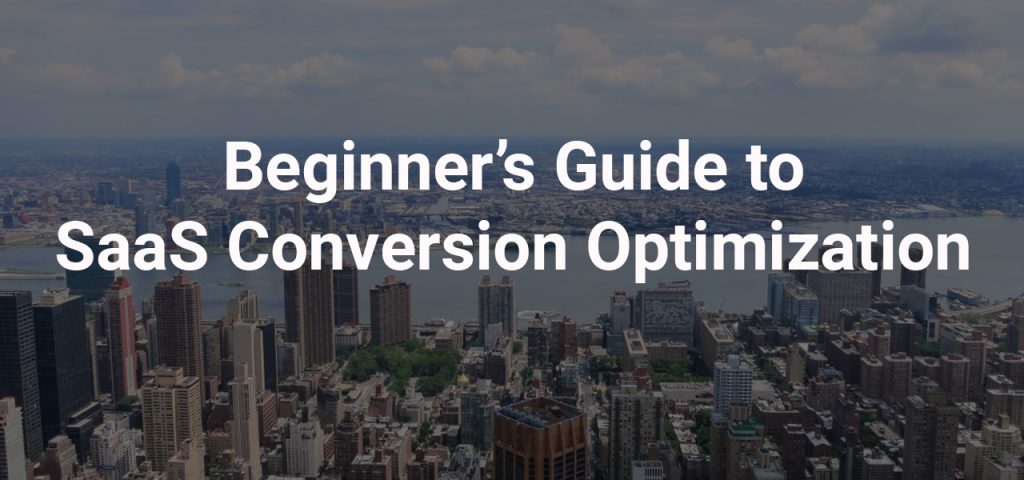
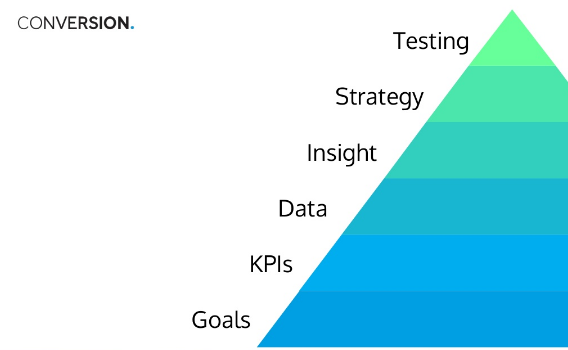
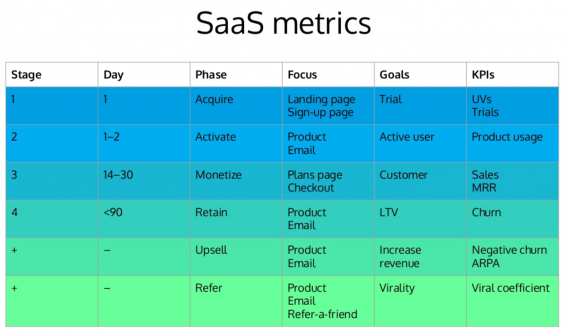

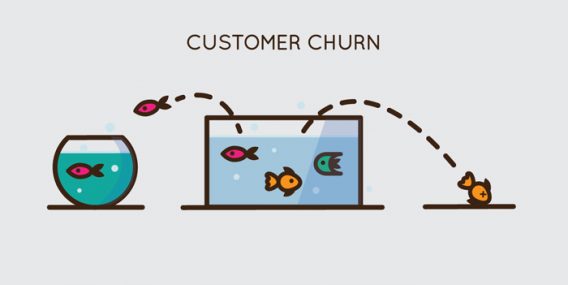
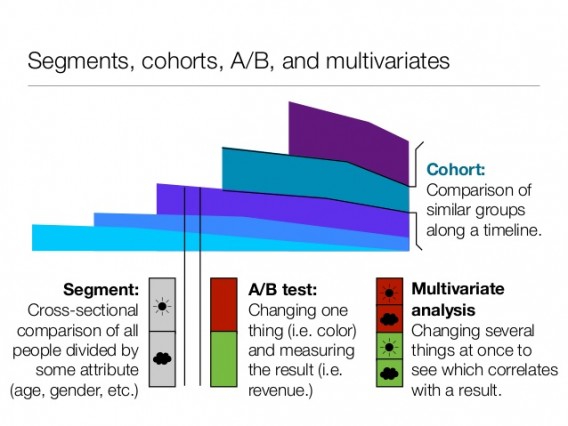
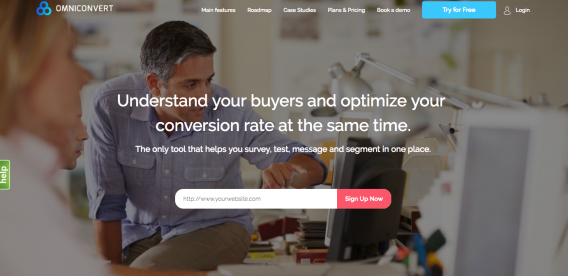
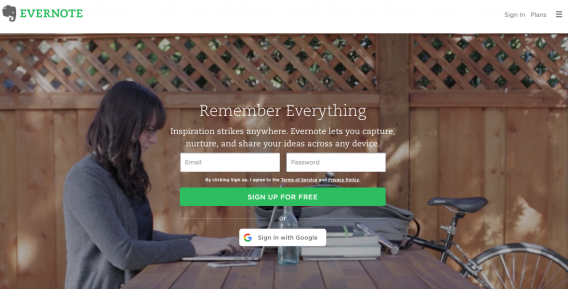
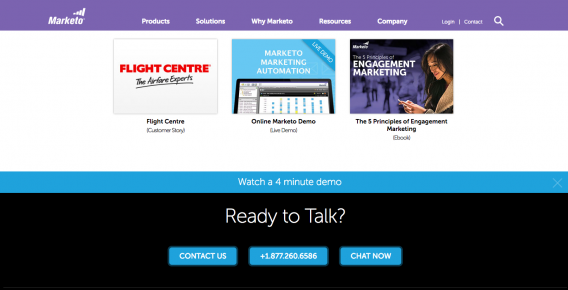
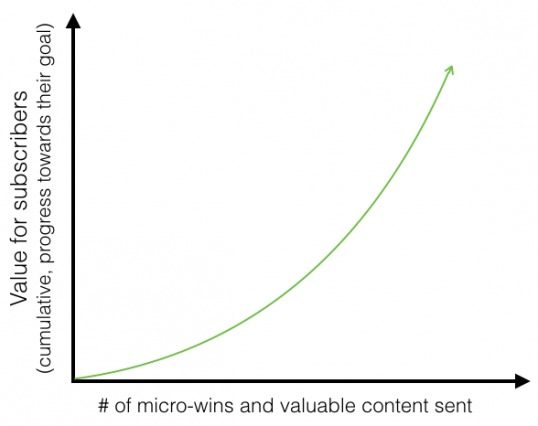

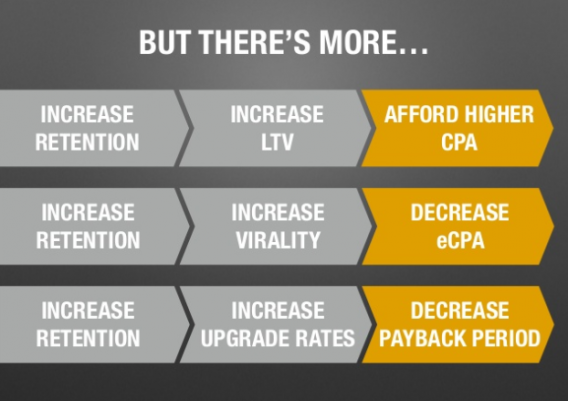



Kinda biggy but having very useful information….
Thanks for sharing such a business strategical article
Thumbs up to you !